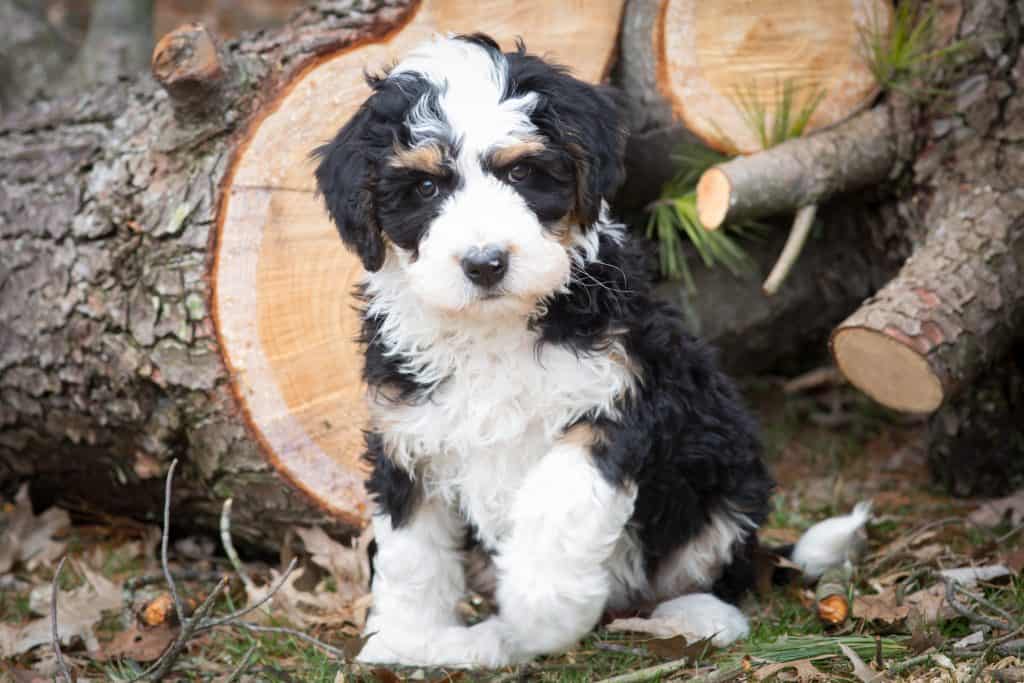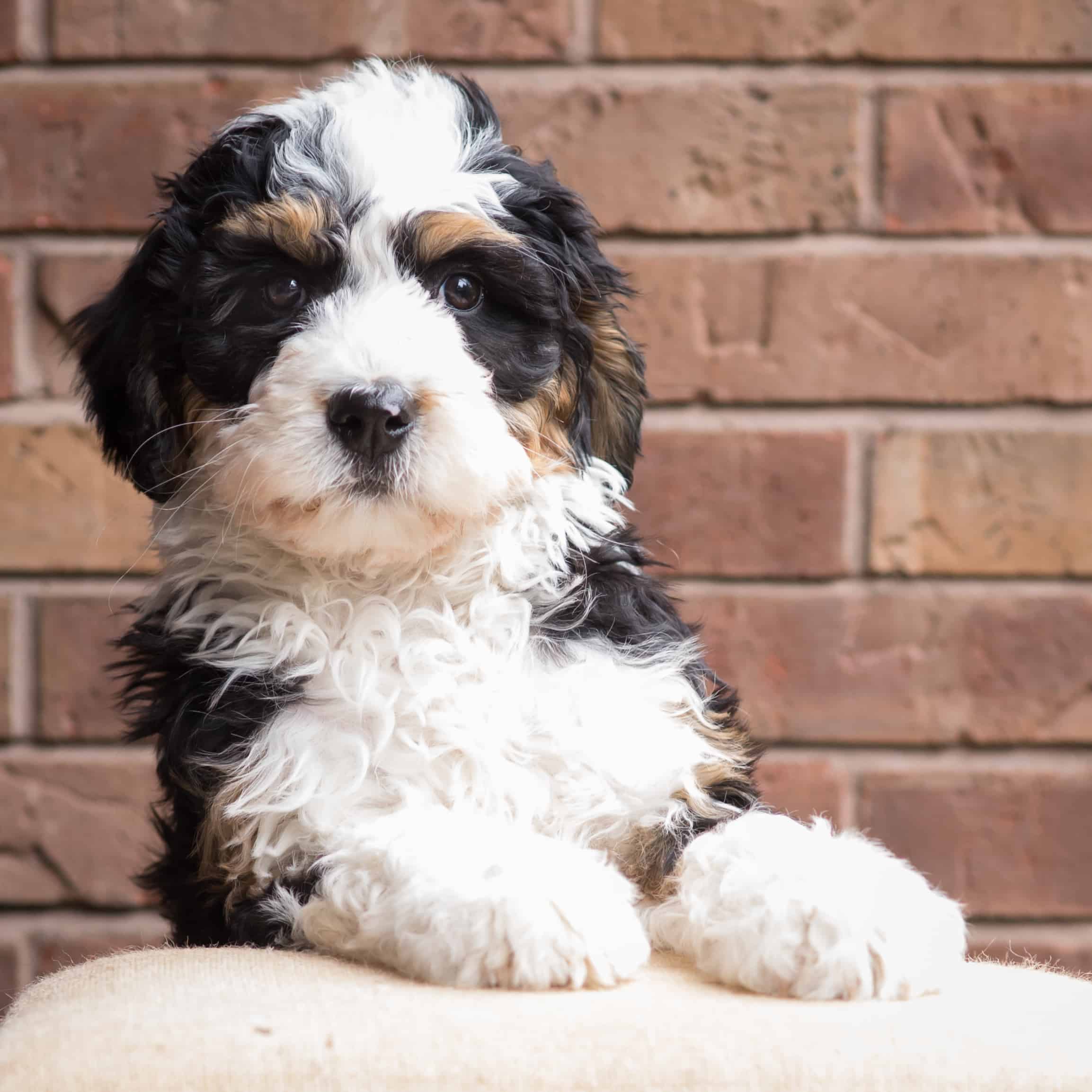
Wouldn’t it be SO much fun if we could read our dogs’ minds? While there is a communication barrier between humans and dogs, that doesn’t mean we can’t speak their language! In fact, if you pay close attention you can see exactly what your dog is thinking. Dogs are very expressive and rely heavily on body language to speak not only to other dogs, but to their human families as well. So what is your pup trying to tell you? Read on to find out!
“I Am SO Happy!”
If your dog is happy, you will know it immediately! A happy dog will appear relaxed and pleasant, oftentimes they will even appear to “smile” with a slightly open jaw! If your dog is happy, their ears will be up and focused on you. Another tell-tale sign of a happy pooch is an eagerly wagging tail! A playful pup may crouch down and invite you to play or get a case of the “zoomies” while they run around with bursts of energy.

Happy dogs will be excited to have your attention. They may even roll over on their belly for scratches or nudge your hand to ask for more petting! A happy dog will never hunker down when approached (unless they are preparing to pounce like we mentioned before!).
“This Makes Me a Little Uncomfortable…”
If your dog is nervous about a new scenario, they will be quick to tell you. A worried dog will hunker down in a submissive manner. They will most likely avoid eye contact and place their ears back flat against their head. You won’t see that “grin” that your dog sports when he/she is happy. Instead, they will have a worried expression in their face that is easy to read. They may hide behind you or lay down on their back with their face to the side. Heavy panting (not followed by exercise) is often associated with stress, as well as dogs who are pacing back and forth.
Most of the time, if your pup is telling you this then they are being rushed into a new or uncomfortable situation. You never want to rush your dog into something that is worrisome for them. That is how fear-induced aggression can express itself. Rather, reassure your dog in a soothing voice and slowly introduce them to the stimuli that is making them nervous. You will watch your dog’s expression slowly relax as they become comfortable with their surroundings.
“I Am Not Happy About This.”
In most cases, it takes a lot for a dog to resort to aggression. In fact, dogs often give us plenty of warning signs until they reach this stage. It is important to understand the two types of aggression when trying to decipher why your dog is upset.
First up is fearful aggression. This one is easy to determine as your dog has told you clearly that they are uncomfortable about a situation before they reach this point. Fear-induced aggression should be treated with caution. Your dog will go from submissive and anxious to showing signs of anger. Most likely the hair will be raised on their back, they will wrinkle their nose and show a flash of their teeth. In the case of fearful aggression, your dog most likely feels threatened but does not intend on backing down from what has made them nervous. It is important to handle dogs who show these signs carefully, as they can react out of fear.
Dogs who display signs of dominant aggression often think they are the top of the pack. If you have other dogs in the home, they are trying to establish themselves as the leader. It is important to note, however, that a dog’s pack isn’t always made up of other canines. Your dog will view you as part of their pack, so a dominant dog may show some of these signs towards you. Dogs displaying signs of dominant aggression will stand very erect and be focused on intimidating the subject they are trying to establish dominance over. These dogs will show their teeth and give off a deep, throaty growl. In a non-threatening way, you need to remind your dog of his/her place in your household’s pack. For either type of fear, we highly recommend utilizing the skills of a licensed dog trainer.

As your new puppy grows and develops, they will have to overcome a LOT of new stimuli which will shape their personality. Just like with humans, some dogs are more friendly, while others are more shy. You should understand the way your dog talks to you, and always respect their boundaries as they learn more about the world!
